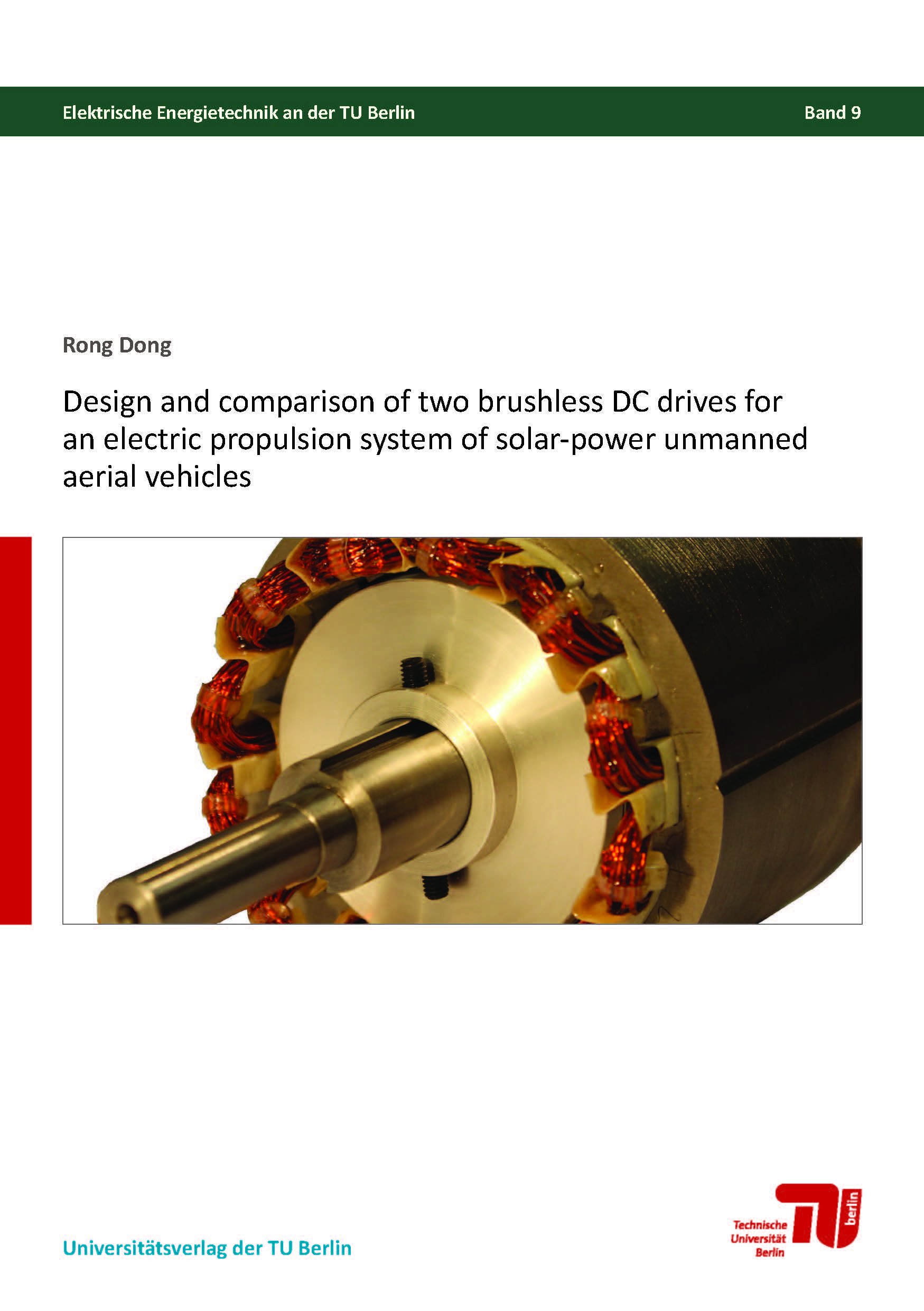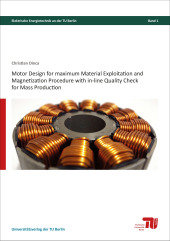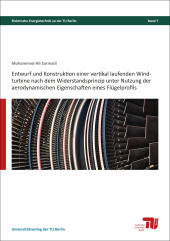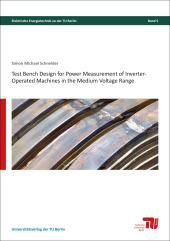Design and comparison of two brushless DC drives for an electric propulsion system of solar-power unmanned aerial vehicles

Format: 14,8 x 21,0 cm
Publishing year: 2020
The electrical propulsion system as the core component of solar-power Unmanned Aerial Vehicles (UAVs) for long duration flight requires high power density and stable drive technology. Brushless DC motors (BLDCM) with high power and torque density and control algorithms suitable for drive system are given preference for the application in UAVs.This dissertation is aimed at designing an improved BLDCM using only 4 interior magnet blocks to realize 8 poles compared to the conventional 8 magnet blocks structure.The performances of both BLDCM designs have been analytically determined and the motor models were verified through finite element software in ANSYS. Design and construction of the demonstrators of BLDCMs with the proposed and the conventional magnet structure have been carried out and a test bench for extensive performance comparison has been set up.Since the proposed magnet structure leads to a particularity of the magnetic circuit, the behavior of absolute and differential synchronous direct and quadrature inductances have been investigated by finite element model analysis and experiments. Efficiency maps were generated and thermal characteristics have been measured to gain a comprehensive understanding of the two motors.To reduce the uncertainty of sensor control for BLDCM, a high speed, good linearity analog isolation circuit to measure the voltages of 270 V DC voltage to realize sensorless control strategy has been designed. The circuit combines a PI controller with fast operational amplifiers with a built-in linearizing feedback photodiode loop of a linear optocoupler.A 3D stator model was built to analyse the mechanical resonance frequencies and possible excitation by the electromagnetic radial force leading to vibration and noise for the proposed and conventional rotor structure. Analytical calculation of natural mode frequencies has also been conducted to compare and validate the accuracy of FEM simulations and impact hammer testing experimental results.



